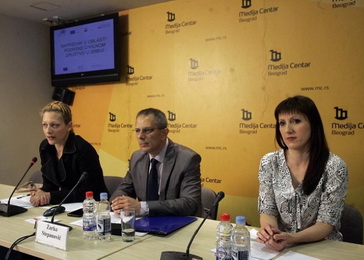 On Thursday, May 19, 2016, Civil Initiatives presented the results of the Third Report on the Monitoring of the Enabling Environment for the Civil Society Development in Serbia for 2015, the Guidelines for EU Support to Civil Society in Enlargement Countries 2014-2020, Semafor Documents for 2016, the Civil Society Needs Assessment Draft Report and the Economic Value of the Non-Profit Sector in the Countries of Western Balkans and Turkey Report.
On Thursday, May 19, 2016, Civil Initiatives presented the results of the Third Report on the Monitoring of the Enabling Environment for the Civil Society Development in Serbia for 2015, the Guidelines for EU Support to Civil Society in Enlargement Countries 2014-2020, Semafor Documents for 2016, the Civil Society Needs Assessment Draft Report and the Economic Value of the Non-Profit Sector in the Countries of Western Balkans and Turkey Report.
The Reports were prepared in order to measure progress in the area of support to civil society in Serbia regarding the respect for fundamental freedoms, financial support and cooperation with the state, financial sustainability and capacity of CSOs in 2014 and 2015.
The Survey showed that Serbia was the second country in the region, after Turkey, with regard to the number of registered CSOs in 2014 (26,042). The share of CSOs total income in the country’s GDP was 0.75% in 2014, and the average income per CSO was EUR 9,671. The number of persons with the full-time employment in CSOs in Serbia was 6,651; this represented 0.36% of the total employment in Serbia in 2014. For comparison, Mercator employs 5,465 people, the Steel Plant in Smederevo 5,025, and Fiat cars 3,437. With regard to the income structure, slightly more than half of the income, for both years, came from donations, grants, and subsidies, and from the sales of goods and services (about 20%), while the smallest part of the income came from special regulations from the budget (2-4%). Even though there are no official data, the survey done by Ipsos showed that the most common sources of financing in 2014 were local/regional administration (57%); the Government/ministries/state authorities (45%); other foreign sources and private companies (24%) and citizens (22%). There is a noticeable change in the sources of income compared to previous surveys, given that there has been a decrease in the share of membership fees and donations from citizens, and an increase from the government, the EU, and the private sector.
Source: civilnodrustvo.gov.rs
 Government of the Republic of Serbia
Government of the Republic of Serbia




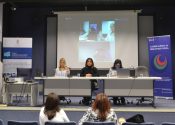


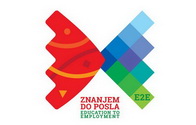


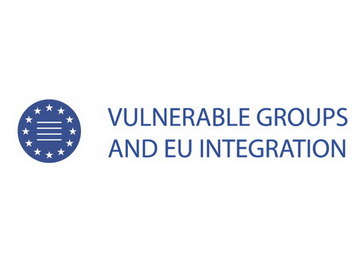
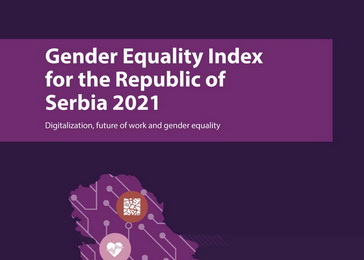
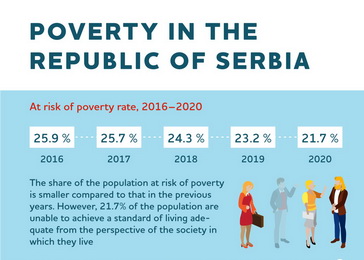


 pdf [271 KB]
pdf [271 KB]
Leave a Comment